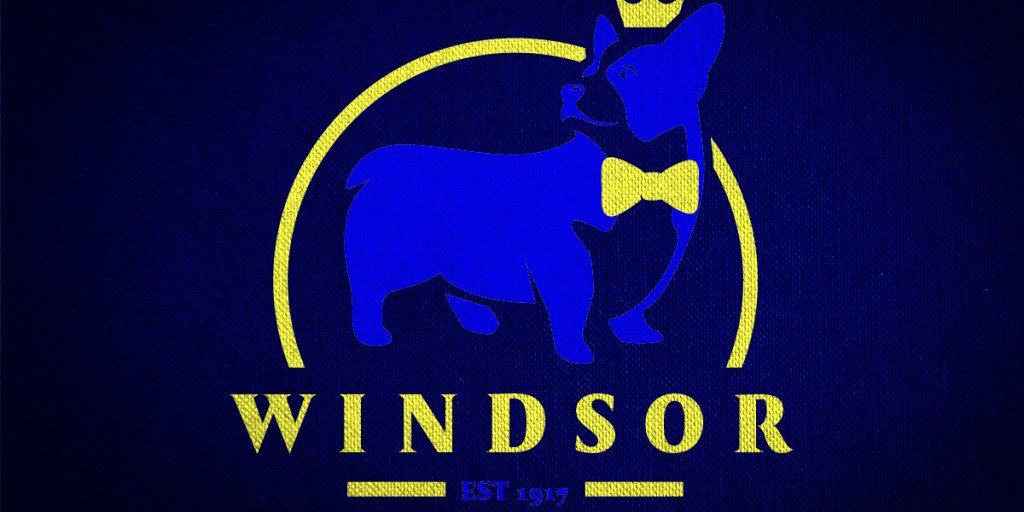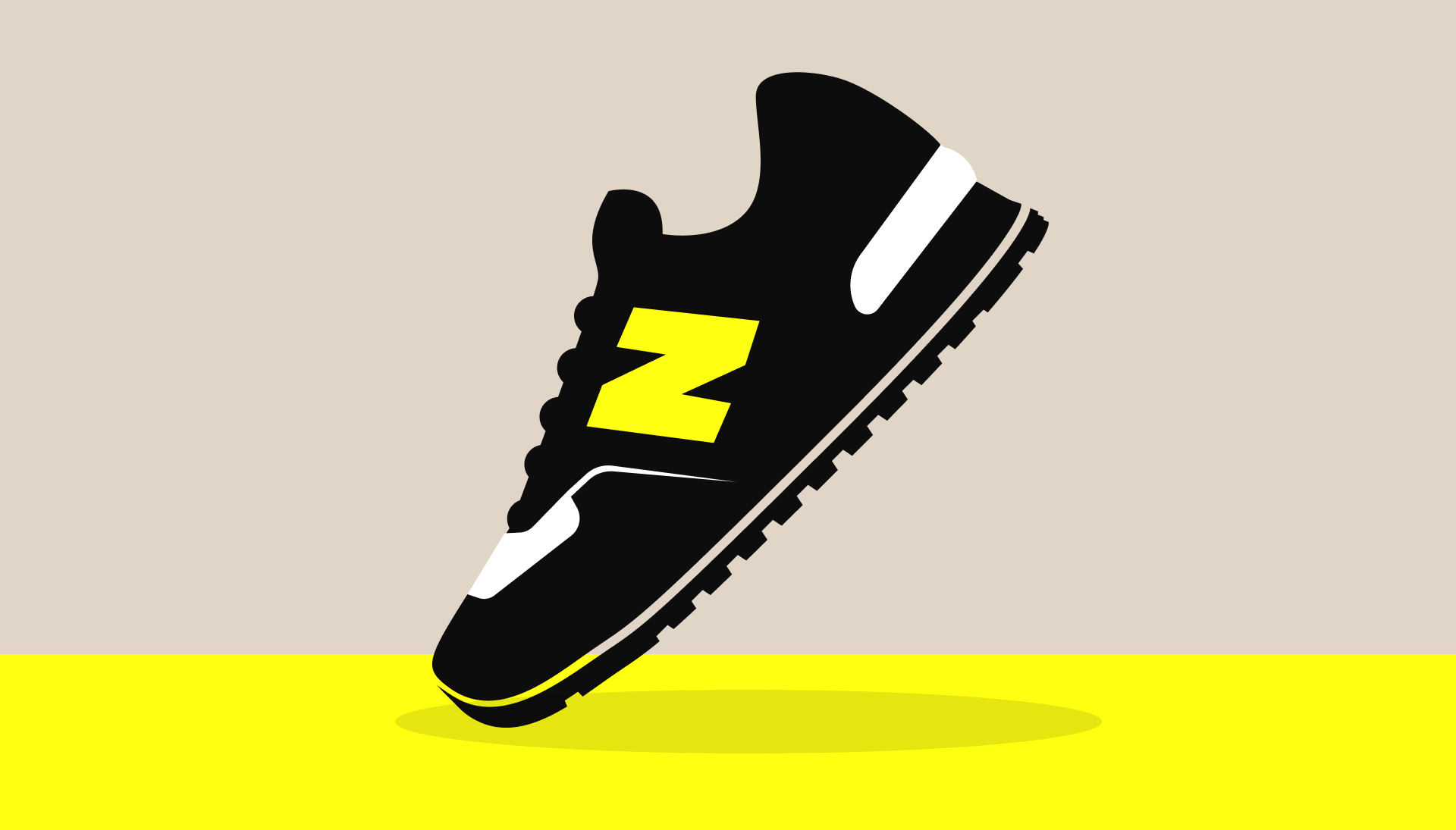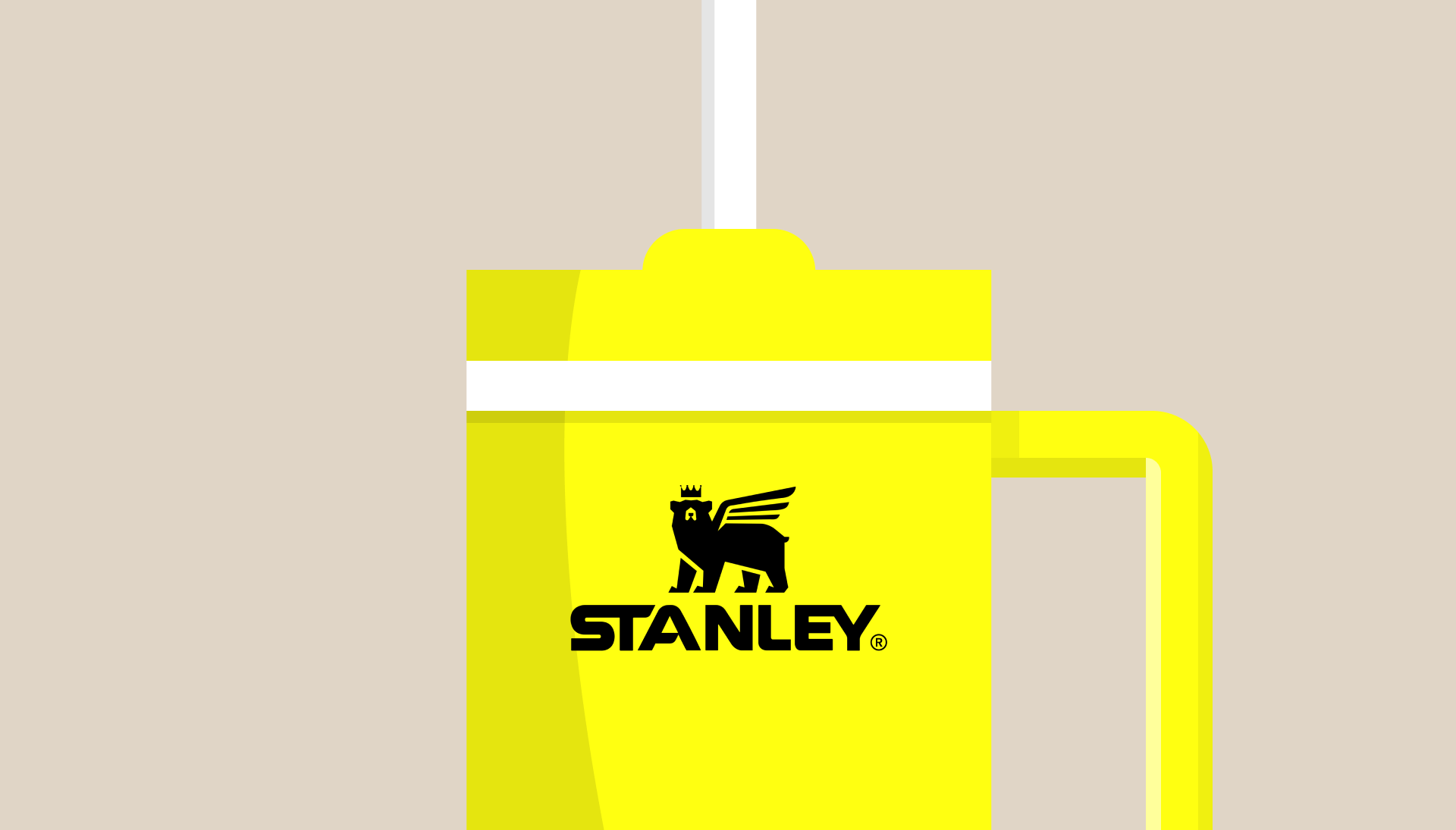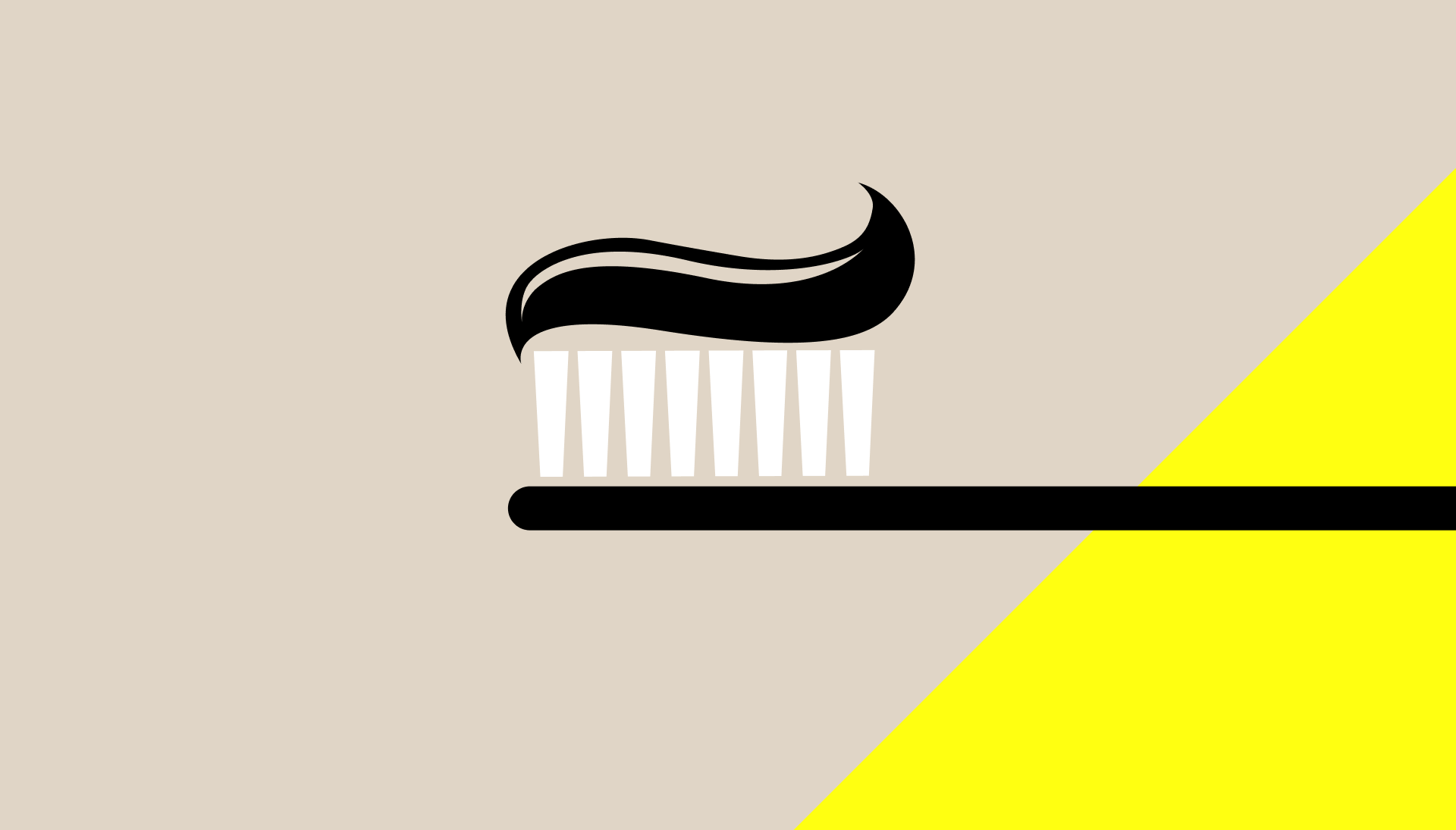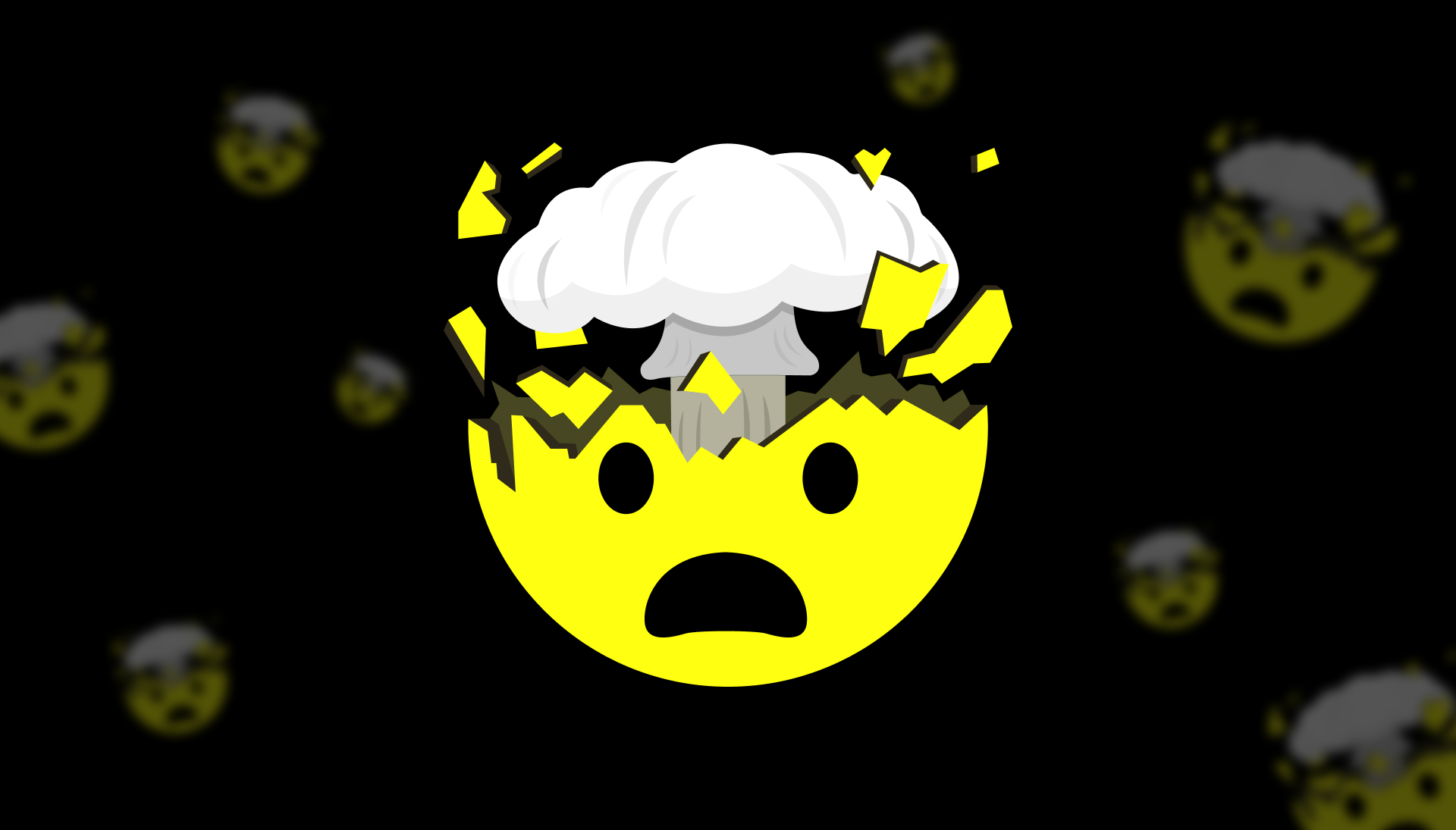An article popped up in my emails the other day (bringing me more excitement then I should probably admit), on the first ever Corgi Derby held as part of the Queen’s Jubilee celebrations last month.
In my excitement watching our furry friends move their tiny legs at lightning speed I got thinking – the Royals aren’t just another family. Queen Elizabeth is at the front of one of the largest brands in the world. In fact, in 2021 Statistica ranked them as the fifth largest corporate brand globally, behind only Amazon, Apple, Google and Facebook.
And whilst they may not be everyone’s cup of English Breakfast tea, they’ve certainly managed to stand the test of time. So, I thought it would be interesting to explore a few of the ways they’ve “marketed” themselves over the years, and see what other brands can learn from them.
What’s in a name?
Ever thought about what the name of your brand says about you? This was a branding issue the Royals faced just after one of their more notable campaigns (commonly referred to as World War 1).
If you’re not too familiar with your Royal history, you may not be aware of the Royal Family’s German heritage. And during WW1 a strong anti-German sentiment was growing in England, posing a problem for the Royals. But D-day literally came in 1917 when a bomb was dropped on an English school after an air raid of German “Gotha” planes. The Royal last name? Saxe-Coburg Gotha. 3 days later, King George V announced that the Royal name was now “Windsor”. And just like that, every German title and reference was replaced with something English.
The name of your brand should help to make a consumer like, trust, and understand what you are about. Saxe-Coburg Gotha was doing the opposite of this. The name Windsor worked to instil trust and understanding in the Royal brand again. One hundred years later, and it would be easy to forgive someone for thinking the Royals had always been English.
So, when thinking about your brand name it’s important to consider: what does this name imply? What is it associated with? Does it help to position the brand in a complementary way with its purpose?
Groovy, Queenie, Yeah!
Most brands spend a lot of time developing their visual identity, generally captured in a pretty weighty guidelines document. But often, aspects like personality and tone – how the brand sounds – are marginalised to just a couple of pages. Or forgotten.
Of course today, thanks to the media and Social Media (and The Crown on Netflix), we have a pretty strong idea of the personality and tone of the Royal brand. But it’s easy to forget that for most of the 20th century, we only really saw what they wanted us to. That was until the 1960s came along.
Like many other parts of the world during this period of societal change, London was transforming from a once industrial, dull city to one experiencing a liberating movement of freedom and excitement. This breath of fresh air into the broader British society meant the Royal’s rules and traditions were seen as tired and outdated. In danger of losing favour with the British people, the Royal PR team knew something had to be done.
Normal people doing normal things was the clear message of what could be called the world’s first reality TV show, the Royal Family. From barbecuing sausages to buying ice creams, even using Tupperware – the approach shifted the “brand” away from untouchable figureheads to likeable people who were perhaps (slightly) more in touch with reality than many thought.
And while the final documentary was only ever shown a handful of times, and it, plus the countless hours of outtakes have been locked away in the Royal archives since 1970, more than 40 million people worldwide (including a total of 68% of Brits) tuned in to watch. (Stop press: if you’re into your Royals a full-length version is currently up on YouTube here.)
Having a clear brand personality and conveying this through a consistent tone of voice is critical to help build an emotional connection with your audience. Emotional connections help to make your brand more likeable and memorable. Which in turn means people are more likely to engage with, trial, or even pay a higher premium for your products.
Think about your brand’s values and beliefs, along with the messages you are putting out to your audience. Are they in synch, or at odds?
The power of puppies
Okay, so back to the Corgi Derby. Whether you’re a fan of the Royals or not, you probably have some awareness of the Queen’s love for her corgis. But what you might not know is that she’s owned more than 30 since her 18th birthday, with a lineage spanning some 14 generations. And successful brand partnerships like this don’t happen by accident.
The Royals got their first family Pembroke corgi – a breed not very well known in England at the time – in 1933. And despite being horribly behaved, the appropriately named Rozavel Golden Eagle (I know right), or Dookie for short, quickly charmed the then-Princess and the public. The plethora of positive PR and photo opps that ensued then led to the Christmas 1936 release of the children’s book, “Our Princesses and Their Dogs.” Like the documentary we looked at earlier, the book presented the Royals as a “very human family.” Book sales soared and Corgi registrations spiked. This article sums up the learnings perfectly; the Queen “made corgis cool, while they made her look warm.” Both brands benefitted from this partnership (even if the Corgis didn’t get a say in their involvement).
Exploring partnerships or collaborations your brand can form with another can be a great way of adding value to both brands. With a carefully aligned partner, you can increase your brand exposure and break into new markets. It can also help to generate a buzz around each other that exceeds the usual audiences of both brands, whilst also having the potential to alter how your brand is perceived by these audiences and beyond. And judging by some of the tweets featured on Pedestrian.tv, that’s something the Queen may well have achieved with her more recent collaboration partner, Paddington Bear.
Of course, a brand is made up of many more parts than just your name, your voice and who you associate with. Ultimately, it’s a belief system that helps to govern what behaviours, actions and expressions are appropriate at any given moment. And while the Royals may have their brand identity firmly in place thanks to over 1200 years of practice, they are certainly not without a few PR disasters.
What state is your brand in currently? If it’s more Meghan than Kate, perhaps we should talk. We work with many of our clients to refine their brand proposition and define key aspects of their brand. Reach out to our Chief Brand Officer, Angela Smith on angela@affinity.ad
